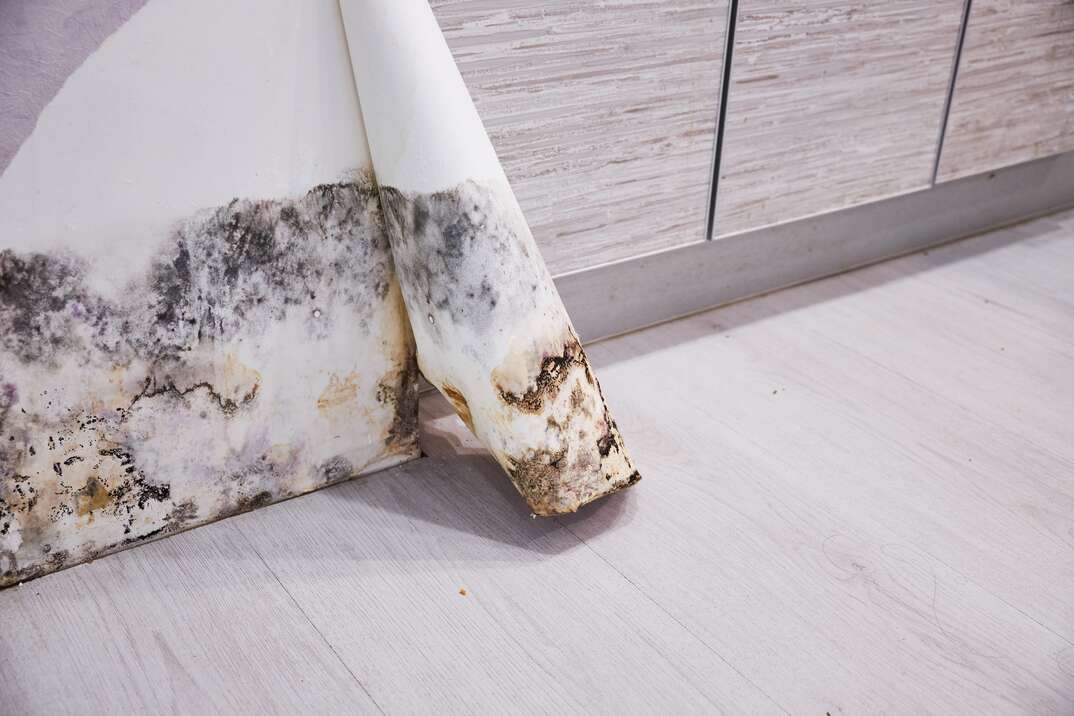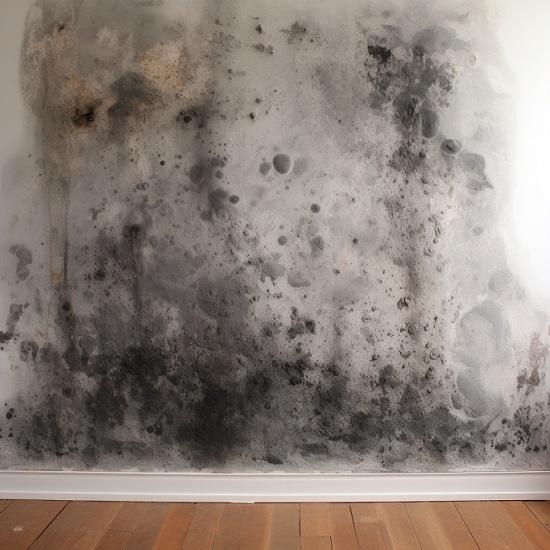Crafting an In-depth Post Mold Remediation Report
Crafting an In-depth Post Mold Remediation Report
Blog Article
Professional Tips for Blog Post Mold And Mildew Removal Success
In the world of mold remediation, effectively getting rid of mold is just half the fight; the true obstacle lies in preventing its reappearance. By sticking to experienced tips and best practices, individuals can safeguard their spaces versus mold and mildew renewal and keep a healthy interior environment.
Screen Humidity Degrees On A Regular Basis
Routine monitoring of humidity levels is vital in making certain the efficiency of message mold and mildew remediation initiatives. After finishing mold and mildew remediation procedures, keeping ideal humidity degrees is important to stop mold and mildew re-growth and make sure a healthy and balanced indoor setting. Surveillance moisture levels permits very early detection of any type of spikes or variations that might possibly cause mold and mildew renewal. High moisture degrees above 60% create a conducive setting for mold and mildew to prosper, making regular keeping an eye on a proactive procedure to stop any type of future mold issues - what to do after mold remediation.
Using hygrometers or wetness meters can aid in accurately gauging moisture degrees in various areas of the building. These devices provide real-time data that allows remediation experts to make informed choices relating to ventilation, dehumidification, and various other needed actions to preserve perfect moisture degrees post-remediation. Additionally, establishing a routine schedule for moisture checks, especially in high-risk locations such as basements, restrooms, and cooking areas, is a proactive strategy to mold and mildew prevention. By consistently keeping an eye on humidity levels, homeowner can effectively alleviate the threat of mold reoccurrence and keep a healthy and balanced interior setting post-remediation.
Conduct Thorough Inspections Post-Remediation
Following the conclusion of mold remediation procedures, it is critical to perform extensive examinations to validate the efficiency of the remediation process. These post-remediation examinations are vital in guaranteeing that the mold and mildew issue has actually been effectively addressed which there is no reoccurrence or remaining mold and mildew development. Assessments need to be brought out by certified professionals that have experience in determining mold and examining interior air quality.
During these evaluations, numerous techniques such as visual analyses, air tasting, and surface area tasting may be used to thoroughly evaluate the remediated locations. Visual assessments involve a thorough evaluation of the premises to look for any noticeable indications of mold and mildew development or water damages. Air sampling helps in figuring out the airborne mold and mildew spore levels, while surface tasting can find mold and mildew bits on surfaces.
Implement Proper Ventilation Strategies
After ensuring the efficiency of the mold removal process through thorough examinations, the following critical action is to concentrate on implementing appropriate air flow methods. Adequate ventilation is crucial in protecting against mold reoccurrence by controlling moisture levels and promoting air blood circulation.
Correct air flow not only aids in stopping mold and mildew development yet likewise adds to the general health and convenience of residents. By guaranteeing ample ventilation throughout the building, you can decrease the threat of mold and mildew regrowth and develop a much healthier living environment. Regular upkeep of air flow systems, consisting of cleaning and filter replacements, is critical to sustaining efficient ventilation. Consulting with HVAC experts can provide more understandings into maximizing ventilation approaches for your details residential or commercial property needs.

Usage Mold-Resistant Materials for Fixes
To boost the lasting efficiency of mold remediation initiatives, integrating mold-resistant materials for repair work is critical in minimizing the risk of future mold and mildew development. Mold-resistant materials are designed to stand up to moisture and prevent mold growth, making them an important selection for areas susceptible to wetness and humidity. When repairing locations affected by mold, making use of materials such as mold-resistant drywall, mold-resistant paints, and mold-resistant caulking can help protect against mold and mildew reoccurrence.
Mold-resistant drywall is an excellent choice to standard drywall in locations like washrooms and basements where dampness levels are higher. When revealed to damp conditions, this kind of drywall has an unique finishing that stands up to mold and mildew growth also. In addition, using mold-resistant paints including antimicrobial agents can additionally hinder mold and mildew development on ceilings and wall surfaces.
In areas where wetness is usual, such as kitchens and restrooms, using mold-resistant caulking around home windows, sinks, and bathtubs can assist seal out water and protect against mold from holding in cracks and crevices. By investing in these mold-resistant products throughout repairs post-remediation, you can significantly decrease the chance of future mold and mildew concerns and keep a healthier interior environment.
Maintain Sanitation and Address Water Issues
Making certain tidiness and promptly dealing with water problems are fundamental methods to promote in protecting indoor spaces from mold and mildew reinfestation. After mold and mildew removal, it is critical to maintain a clean environment to stop the regrowth of mold (Post Mold Remediation Report). Regular cleaning, dusting, and vacuuming can help get rid of any type of remaining mold spores and stop them from working out and multiplying. Additionally, keeping indoor rooms dry and resolving any water problems quickly is essential in mold and mildew avoidance. Leakages, water intrusion, or high humidity degrees can produce the perfect reproduction ground for mold, so it is necessary to deal with any water-related problems quickly.
To preserve cleanliness, take into consideration utilizing HEPA filters in vacuums and air purifiers to trap mold spores and stop their blood circulation airborne. Additionally, making certain appropriate air flow in locations susceptible to moisture buildup, such as kitchens and find here shower rooms, can aid maintain moisture levels in check. By staying alert concerning tidiness and attending to water problems without delay, you can properly prevent mold and mildew reinfestation and keep a healthy and balanced indoor environment.
Final Thought

In the realm of mold and mildew removal, effectively removing mold and mildew is just half the fight; the true difficulty exists in avoiding its reappearance. After finishing mold removal treatments, preserving optimal humidity levels is vital to avoid mold re-growth and ensure a healthy interior atmosphere. High humidity levels over 60% develop a conducive atmosphere for mold and mildew to prosper, making normal keeping track of a positive measure to prevent any kind of future mold problems.
To enhance the long-lasting efficiency of mold and mildew removal initiatives, next incorporating mold-resistant products for repair services is important in mitigating the danger of future mold and mildew development. After mold removal, it is critical to maintain a clean atmosphere to stop the regrowth of mold and mildew.
Report this page